- Learning time
- 30 minutes
- First play time
- 100 minutes
Betrayal at House on the Hill
Designed by: Bill McQuillan,Bruce Glassco,Mike Selinker,Rob Daviau,Teeuwynn Woodruff
Betrayal at House on the Hill sees the players exploring a haunted mansion, only to have one of them turn on the others at some point, changing the game from one of exploration into a haunting: where the haunter has one objective, and the remaining members of the party another.
Each player takes a character and sets the four traits – might, speed, sanity, knowledge – to their starting positions. They place their character pieces at the ‘entrance’ to the house, then play begins. Everyone is theoretically locked into the house, and on your turn you can move around and explore: the game has multiple rooms represented by cardboard squares, so the houses’ layout will be different every time you play. Most rooms have an immediate effect upon entering: you pick up an item card (which will usually help you in some way) or trigger an event (what happens varies from card to card) or you take an omen card – this are usually items, but every omen causes the games’ haunting to move closer – whenever an omen is revealed, dice are rolled to determine whether the haunting starts, and the more omens there are in the game, the more likely it begins.
So having wandered around the place, possibly getting separated, possibly not, at some point the haunting begins! Where the omen was revealed and what the omen was determines the nature of the haunting, as the game has many included in the box. The haunter is given some information the remaining players aren’t privy to, and vice versa. Now the game is different – the heroes have one objective, and the haunter a completely different one – not usually involving benign acts! Monsters come to life and pursue the players, and the game’s betrayal is complete when the haunter wins – by reaching their objective – or negated when the heroes win.
A first game can be quite long but after a couple of plays it’s fast-moving game that tells a different story every time. There’s also a re-themed version available, Betrayal at Baldur’s Gate.
The guru's verdict
-
Take That!
Take That!
You'll most often be the betrayed, rather than the betrayer. And either way, there's a reasonable amount of ghoulish effects.
-
Fidget Factor!
Fidget Factor!
Low - when the players travel as a party, there really is a sense of exploring together.
-
Brain Burn!
Brain Burn!
Very low. It's not a game heavy on tactics or strategy.
-
Again Again!
Again Again!
If you like ghost stories, or fancy a little hit of Dungeons and Dragons without the vast time commitment, Betrayal offers a large amount of replayability not only through the random house layouts but also the wide variety of hauntings.

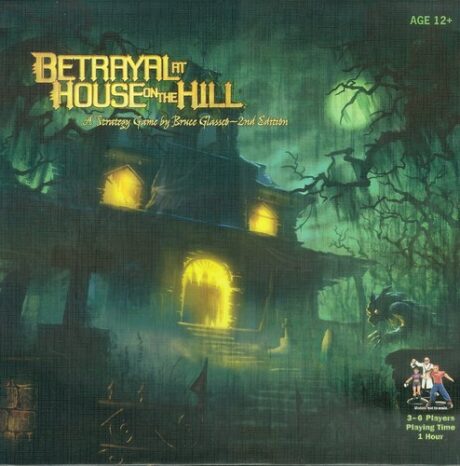

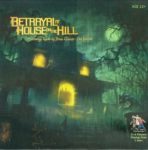
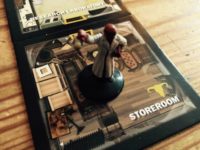
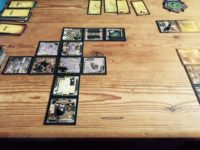
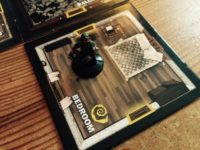


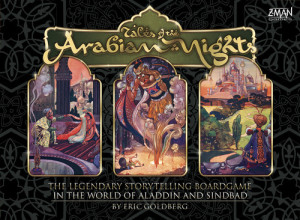

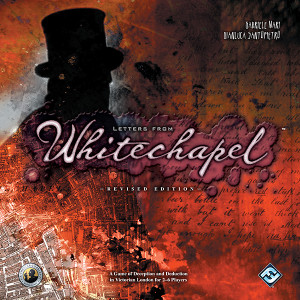
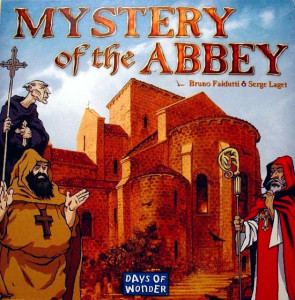
Sam says
Probably not one to play with kids with vivid imaginations, as there is a good deal of death, ghoulishness and dark magick. It's not remotely strategic either, so if you're looking to flex that brain this isn't going to be the one. If you're looking for a game with story and atmosphere however, with a tense backstabby heart, Betrayal could be the answer.